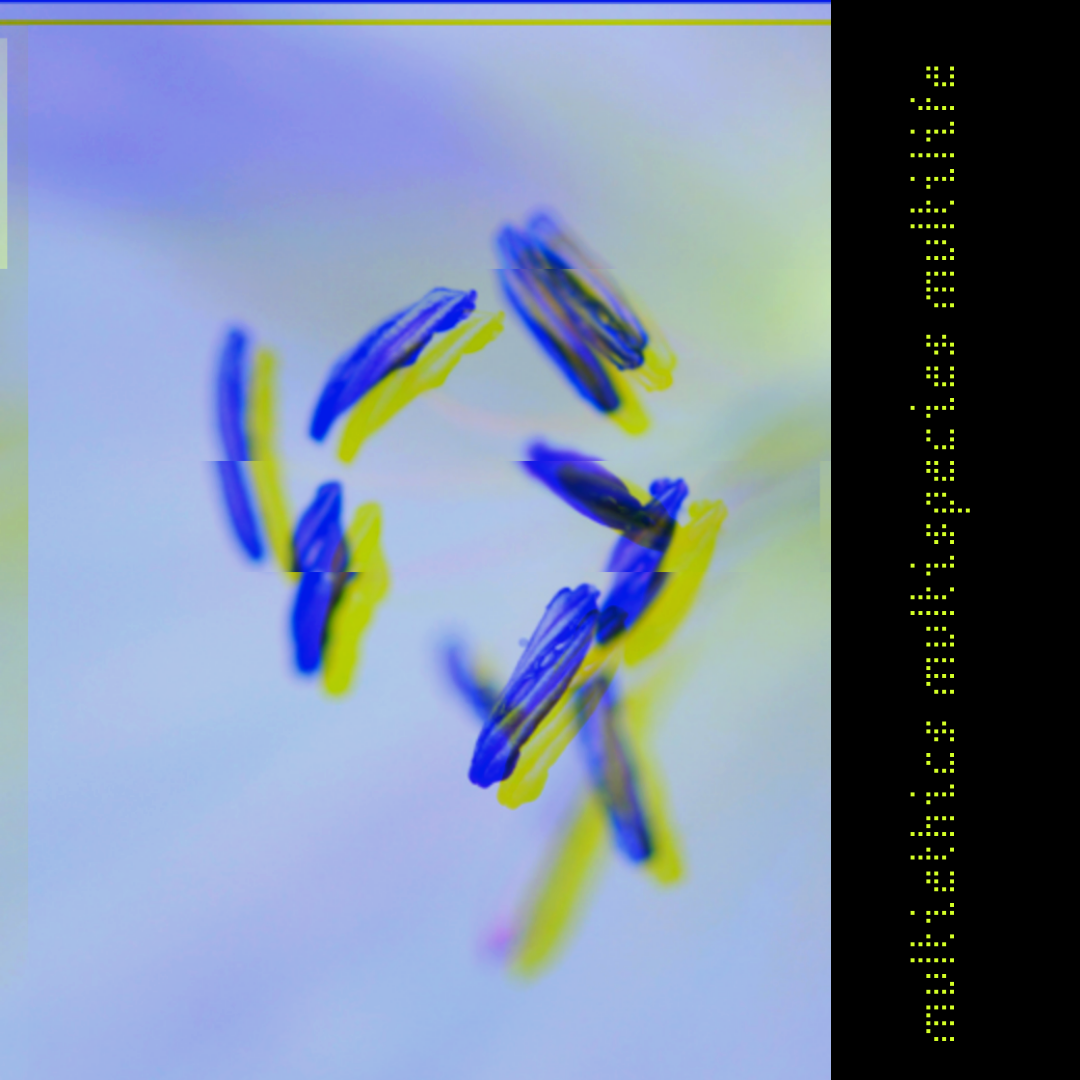
Nalini Nadkarni
Artist Statement: Talking & Listening to Plants
My relationship with trees looks like a tree. It is deeply rooted in the soil of my childhood, when I would climb the eight maple trees that lined the driveway of the home where I grew up. The joy and serenity of those tree crow journeys motivated me to understand and protect trees.
The central trunk is the primary way I have chosen to understand trees, which was by learning and applying the processes of science: observation, description, experimentation, modeling, and then communication to other scientists.
That trunk approach provides one way to see, apprehend, and appreciate trees. I have learned about their enormous diversity, their remarkable structures, their critical ecological functions, and their vulnerability to natural and human-caused disturbances.
But as I developed within my academic profession, I came to understand that if I wanted to move others to become more aware of the wonder of trees and to instigate a sense of care for them, I needed to branch out into other ways of perceiving, knowing, and communicating. I needed to twang the philosophical chord of "intellectual humility," i.e., to suspend (temporarily) my exclusive focus on the ecological values of trees, which not everyone shares.
That led me to explore how I might link the ecological values of trees with other values associated with trees that are held by other societal sectors: aesthetic values, spiritual values, economic values, and social justice values.
And that necessitated my stepping outside my contained world of academic science to explore and engage with other contained worlds. So, I have branched out to arenas occupied by artists, religious groups, corporations, and people who are incarcerated. Those efforts have led me and my collaborators to create works that now appear in art galleries, dance theaters, churches and seminaries, board rooms and Walmart stores, state prisons and juvenile detention centers.
I have been surprised, refreshed, and grateful that those who inhabit these other sectors have been receptive to understanding, protecting, and spreading information about trees within their circles.
And, just as leaves on the spreading branches of a tree eventually fall to the forest floor, decompose, and nourish the soil, so is it with the responses and insights I have received by listening to people who inhabit these other branches, enlightening and enriching my efforts.
As a Professor of Biology at the University of Utah, Dr. Nalini Nadkarni studies the plants that live in rainforest canopies, supported by the National Science Foundation and the National Geographic Society. Nadkarni collaborates with faith-based groups, artists, and people who are incarcerated to engage the public with the multiple values of trees. She has published in journals ranging from Science to Playboy Magazine, and has been featured on Science Friday and RadioLab. Mattel has honored her with a “TreeTop Barbie” doll. Awards include a Guggenheim Fellowship, the AAAS Award for Public Engagement, The Wilson Award for the Advancement of Social Justice, and the Archie Carr Medal for Conservation.

